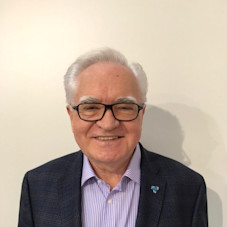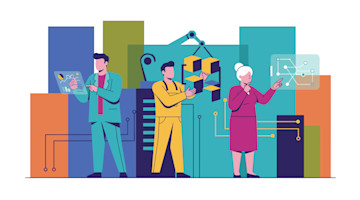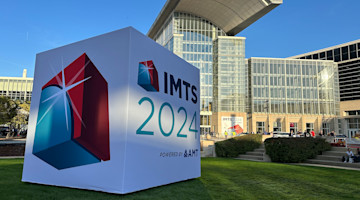Recent geopolitical tensions, as well as pressure from ethical consumers, have increased the pace of reshoring from Asia, especially for critical components. For such companies looking to reshore or nearshore, the United States remains the dream destination. However, Europe features equally strongly with Czechia, Poland, Germany, and the Netherlands as the current front-runners. In another important development, foreign direct investment (FDI) has stagnated, especially in Asia; while venture capital has been drying out for tech startups, M&A has been growing fast. Also in Europe, much more money is becoming available for energy sourcing and sustainable fuels, as well as for innovation in more traditional industries, including manufacturing, but not defense. The message from the European machine tool industry is that it is back and ready for such challenges but may not be quite capable of sustaining the new demand.
Research by Buck Consultants shows that over 60% of supply chain executives expect in the next few years to return complete or partial production to Europe and the United States, especially of critical components. In terms of geographical locations considered for reshoring in Europe, Czechia (together with Slovakia) and Poland are at the top, with Germany and Benelux closely following. Some other Western and Central European markets should also benefit, while the U.K., Turkey, and the Balkan countries are the least likely destinations.
Even if the process of reshoring to these European countries is not easy and likely to be spread over a couple years, companies are looking forward to the maneuverability and flexibility of the business ecosystem provided by these markets. Additionally, despite the higher labor cost at such destinations, companies will enjoy the benefit of no enormous transport costs from Asia.
At the same time, around the world, international venture capital funding for the tech industry is drying up, high-growth startups are no longer cropping up at their previous pace, employees are being laid off, and the tech-heavy Nasdaq stock index is down by 29% in July. There is less funding for foreign direct investments; FDI levels in 2021 recovered from a disastrous 2020 but stagnated again in 2022. Only Europe and the United States currently have a strong showing of FDI. The real beneficiary of these trends is the mergers and acquisitions market. Cross-border M&A deals in 2021 increased by 43% YOY, and this pace has been maintained in 2022 in the United States and Europe. Traditional industries, including manufacturing, have also benefited.
With M&A on the rise, more and more cases of transnational cooperation have emerged. As Siemens Energy once announced: “We can’t do it alone.” Large European corporations usually run several international projects each. Airbus is a prime example with the implementation of its sustainable airport hub concept based on hydrogen. Airbus works with partners from France, Italy, South Korea, Japan, and Australia. Deutsche Aircraft works with Pratt & Whitney not only on a regional turboprop but also on a hydrogen-based fuel. Stellantis has taken a multimillion-dollar stake in Australian-German startup Vulcan Energy to extract lithium in Germany’s Rhine Valley. Volvo is adding a new plant in Slovakia as part of its EV shift. BMW will invest over $1 billion in their Austrian Steyr plant where they will produce next-generation EVs. German Viessmann is investing in an energy-saving heating technology project in Poland with 3,000 employees. These few examples show that the European manufacturing sector is alive and well, and that it will need new manufacturing technology.
According to CECIMO, the European association of the machine tool industries and related manufacturing technologies, and its recently released data for the first quarter of 2022, there are clear signs of further positive trends in the European machine tool industry’s recovery, with orders reaching record levels. Last year, domestic orders from CECIMO countries increased by 19% YOY, especially in France, Switzerland, and Germany, and their foreign orders by 29%, an increase of total index by a record 26%, where the U.K., Austria, and Germany benefitted most. CECIMO countries expect their production to grow by 12% in 2022, slightly slower than the global rate, while consumption grows by 19%. The CECIMO consumption in 2021 neared $15 billion and should exceed $18 billion in 2022 to reach pre-pandemic levels in 2023. Most Central European and Scandinavian markets are not members of CECIMO and offer an additional substantial demand. Moreover, the industrial production index is growing in the eurozone of the European Union and in the whole of the EU with PMI stabilizing, on average, above 50.
Taking into account foreign orders and European exports, the obvious gap in demand can only be covered by rising imports. Total CECIMO countries’ imports in 2021 was higher YOY by 33%, well exceeding $10 billion, and by 23% percent in Q1 of 2022. While inter-European trade has flourished, it is not sufficient. Countries such as Japan, Taiwan, China, the United States, and South Korea have stepped in to become top suppliers to fill the demand. Machine tool imports from the Americas alone increased by 16% YOY in 2021, totaling approximately $1 billion. Naturally, the United States covers the majority of it, and significant room to increase remains.






